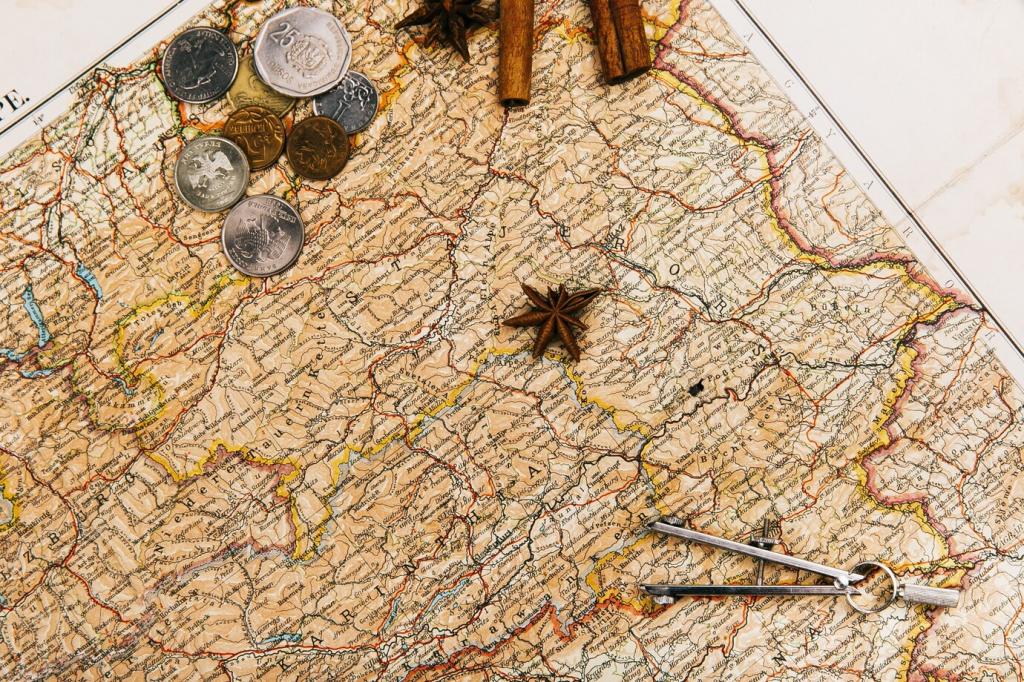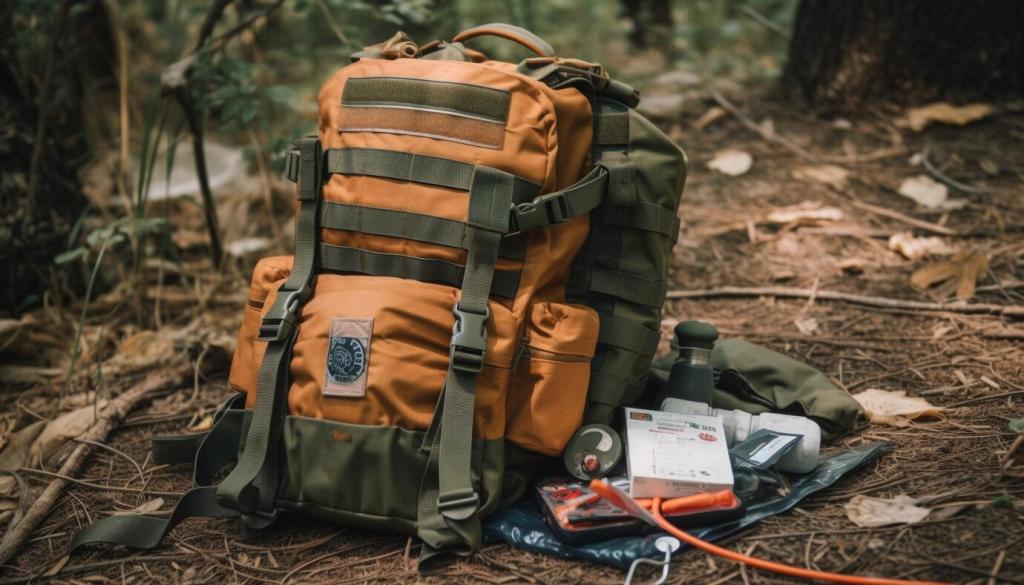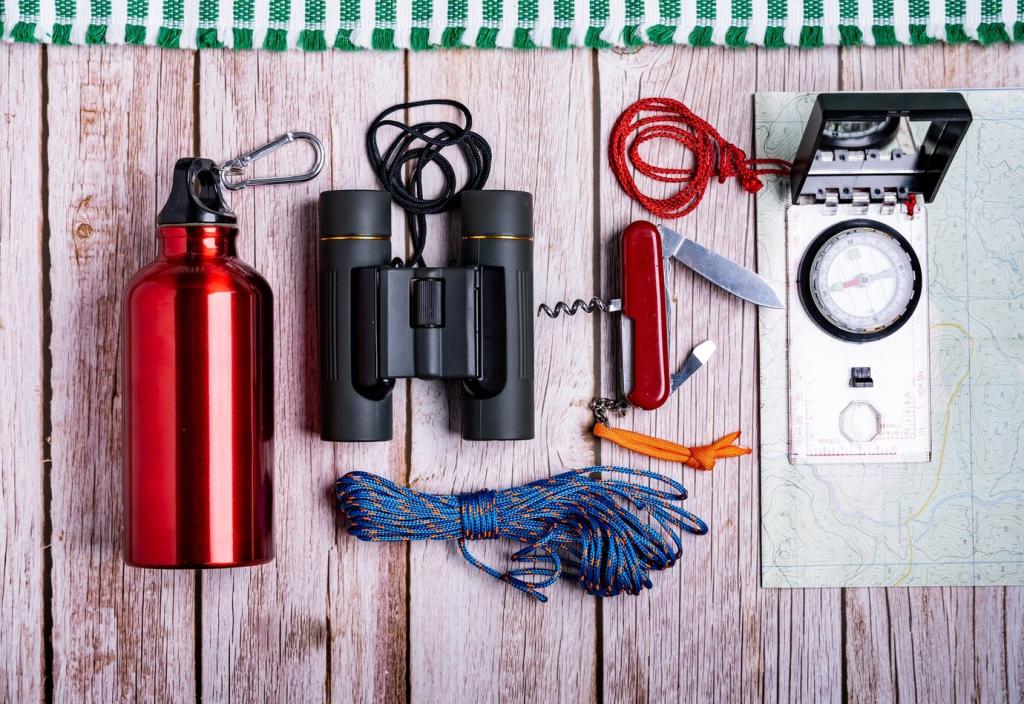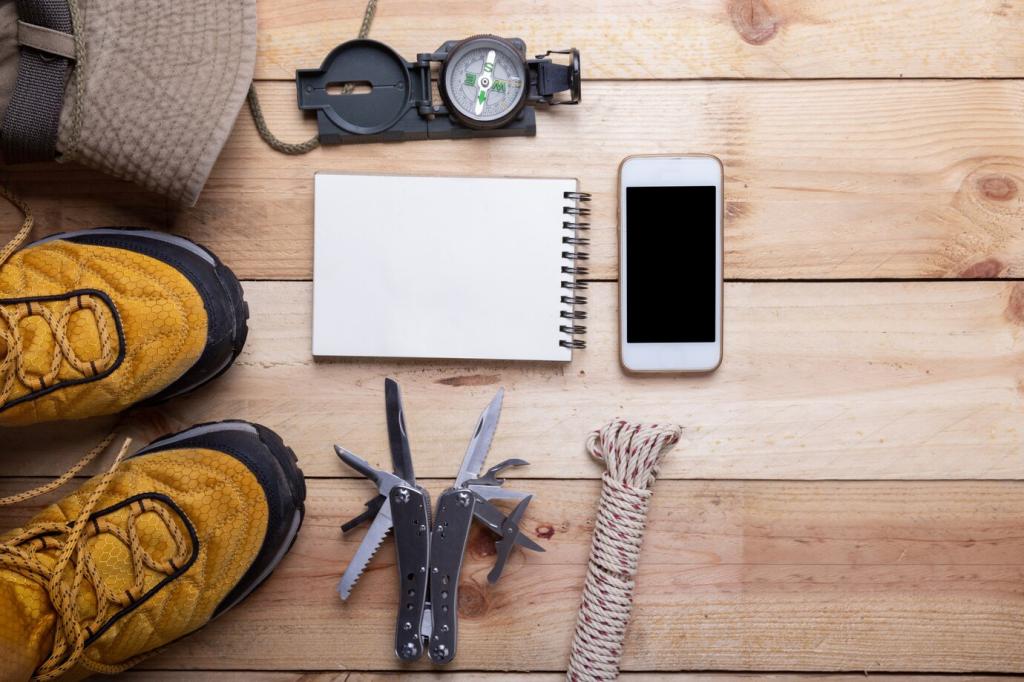Design Details That Boost Breathability
Look for underarm mesh, laser-perforations along the upper back, and body-mapped knit patterns that increase airflow where packs press. These zones minimize the ‘hot spot’ effect under shoulder straps and hip belts, letting you hike harder without feeling like a slow-cooked burrito.
Design Details That Boost Breathability
A slightly looser fit invites air circulation and reduces clingy sweat patches. Raglan sleeves, gussets, and dropped hems prevent bunching under packs. If your fabric is great but the cut is restrictive, you’ll suffocate the benefits—comfort is a design feature, not an afterthought.









